1. Units of Flow Measurement, Range, and Accuracy
1.1 Selection of Flow Measurement Units
Flow measurement units should be chosen based on the type of flow being measured and adhere to the following guidelines:
Volume flow rate: Should be expressed in m³/h or L/h.
Mass flow rate: Should be expressed in kg/h or t/h.
Standard volumetric flow rate (for gases): Should be expressed in Nm³/h, which represents conditions at 0°C and 0.101325 MPa (standard atmospheric pressure).
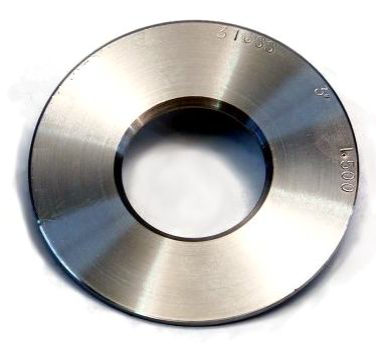
1.2 Selection and Application of Measurement Range
The selection and application of the measurement range should meet the following criteria:
1.2.1 Square Root Scale Range
Full-scale reading: Should correspond to 10 on the square root scale.
Maximum flow reading: Should not exceed 9.5 on the scale.
Normal flow reading: Should ideally be between 6.0 and 8.5.
Minimum flow reading: Should not be below 3 on the scale.
1.2.2 Linear Scale Range
Full-scale reading: Should correspond to 100% on the linear scale.
Maximum flow reading: Should not exceed 90% of the full scale.
Normal flow reading: Should range between 40% and 70%.
Minimum flow reading: Should not be below 10%.
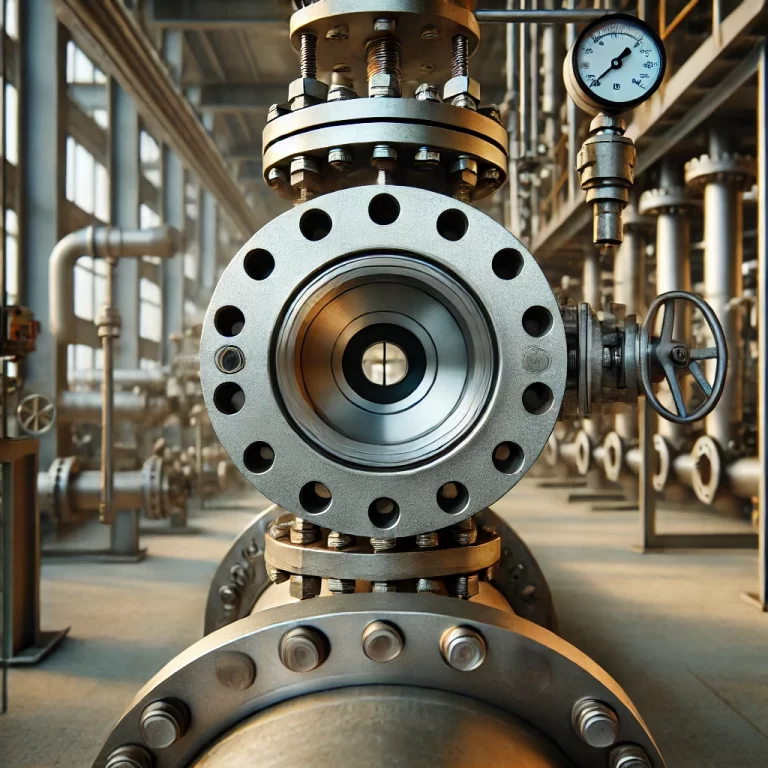
1.2.3 Selection Between Square Root and Linear Scale Ranges
For gas and steam flow using differential pressure flowmeters: The differential pressure transmitter should be set to a square root scale range, with the square root calculation and temperature/pressure compensation conducted within the control system or flow computer.
For liquid flow using differential pressure flowmeters: The differential pressure transmitter should use a linear scale range, with square root calculations performed within the transmitter. Temperature and pressure compensation are not required in this scenario.
For specialized applications with differential pressure flowmeters: The transmitter should be set to a square root scale range, and the control system should handle the square root calculation along with temperature and pressure compensation.
2. Differential Pressure Flowmeters
2.1 Standard Orifice Plates
For general fluid flow measurement, standard orifice plates with specific configurations should be used:
Concentric orifice plates with a handle and a beveled edge (angled at 45° ±15°) are preferred for most applications.
Bidirectional flow measurement: Use orifice plates with a fully squared edge.
2.2 Nozzles and Venturi Nozzles
Applications: Nozzles and Venturi nozzles should be used when measuring clean fluids, where high measurement accuracy is not critical, and low permanent pressure loss is required.
Recommendation: These devices are ideal for applications where the fluid is clean and there are budgetary constraints that make higher precision unnecessary.
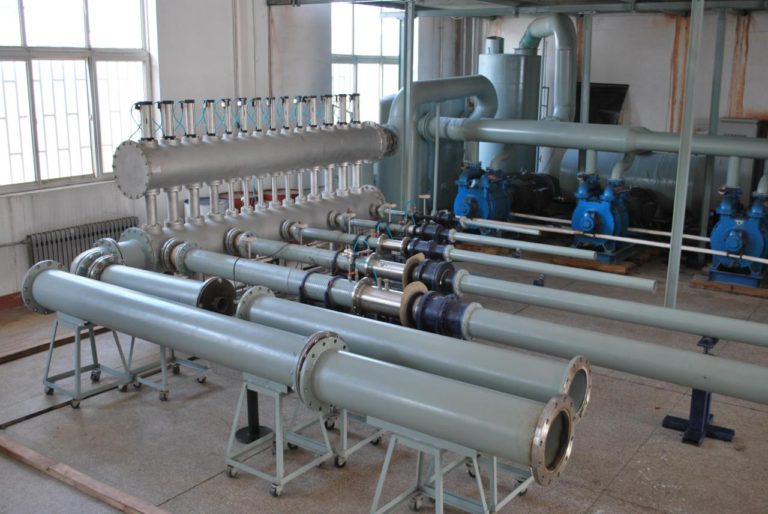
2.3 Venturi Tubes
Applications: Venturi tubes should be used for measuring clean fluids where high accuracy is needed and maintaining low permanent pressure loss is important.
Benefits: They offer higher accuracy than standard nozzles and are suitable for stable, long-term measurements.
3. Non-Standard Throttling Devices
Non-standard throttling devices include restricted orifice plates, eccentric orifice plates, segmental orifice plates, balanced flowmeters, built-in orifice plate differential pressure transmitters, profiled flowmeters, and averaging pitot tubes. The selection should comply with manufacturer standards and the following guidelines:
3.1 Restricted Orifice Plates
Purpose: Used solely for flow restriction and pressure reduction, not for flow measurement.
3.2 Eccentric Orifice Plates
Applications: For pipelines greater than DN100 (4”), with low-viscosity fluids that contain solid particles that may deposit upstream or downstream of the plate.
Recommendation: Ideal for applications where sediment buildup is a concern.
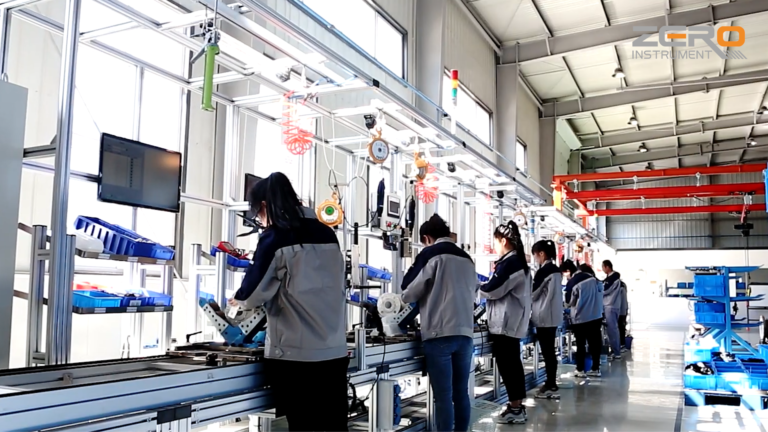
3.3 Segmental Orifice Plates
Applications: Used in pipelines larger than DN100 (4”) for low-viscosity liquids with gas inclusions or gas with condensate, as well as fluids containing solid particles.
3.4 Balanced Flowmeters
Applications: Suitable for measuring clean gas, liquid, or steam with Reynolds numbers between 200 and 1,000,000. Recommended for applications requiring high accuracy, a wide range, and minimal straight pipe length.
Benefits: Offer lower pressure loss and higher accuracy compared to conventional orifice plates.
3.5 Built-In Orifice Plate Differential Pressure Transmitters
Applications: Ideal for measuring small flows of clean gas, liquid, or steam when accuracy requirements are low, rangeability is limited, and pipe diameter is DN≤40 mm.
Temperature Limitations: The steam temperature should not exceed 120°C.
Installation: Preferably comes as a set with straight pipe sections, which should meet manufacturer standards.
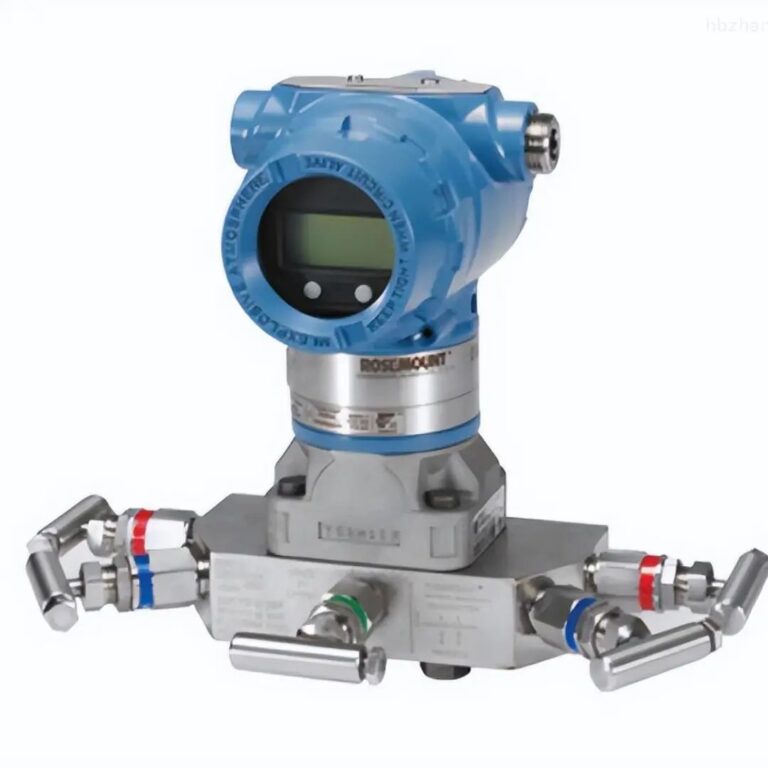
3.6 Profiled Flowmeters
Applications: Suitable for high-viscosity, low Reynolds number fluids (as low as 500).
Benefits: Effective in stable, low-flow conditions.
3.7 Averaging Pitot Tubes
Applications: Used for measuring clean gases, steam, and liquids in pipelines with diameters from DN100 to DN2000. These are suitable when low permanent pressure loss is required and high accuracy is not critical.
Benefits: Minimal impact on flow with a low pressure drop.
3.8 Calibration of Non-Standard Throttling Devices
Requirement: All non-standard throttling devices used for flow measurement should undergo proper flow calibration to ensure accuracy and reliability.
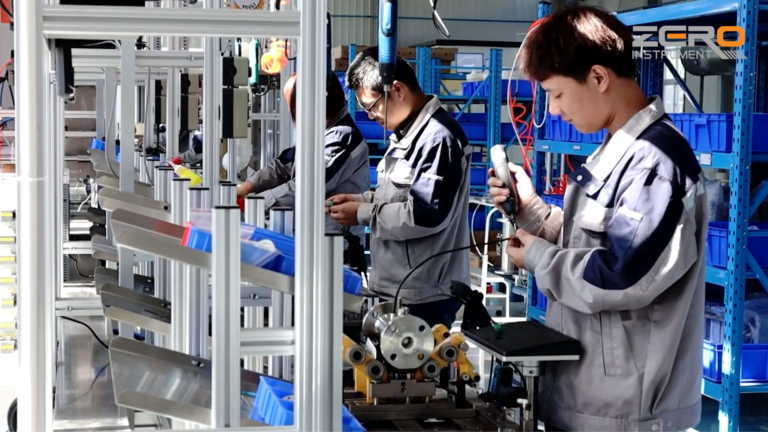
Conclusion
These detailed guidelines provide an overview of the principles for selecting appropriate flow measurement instruments. Ensuring that proper units, ranges, and specific device characteristics are matched to the application will lead to more accurate and reliable flow measurements.
